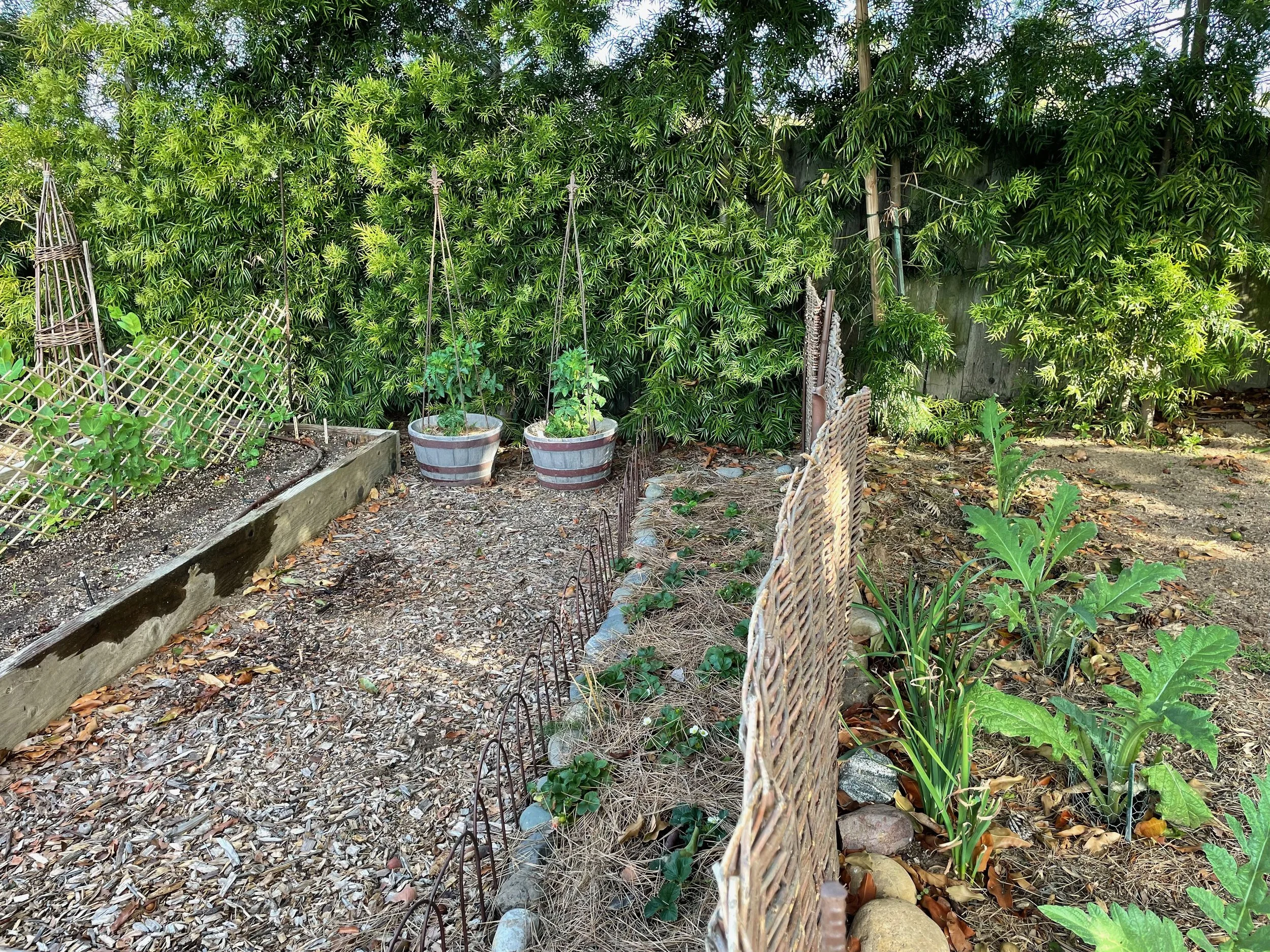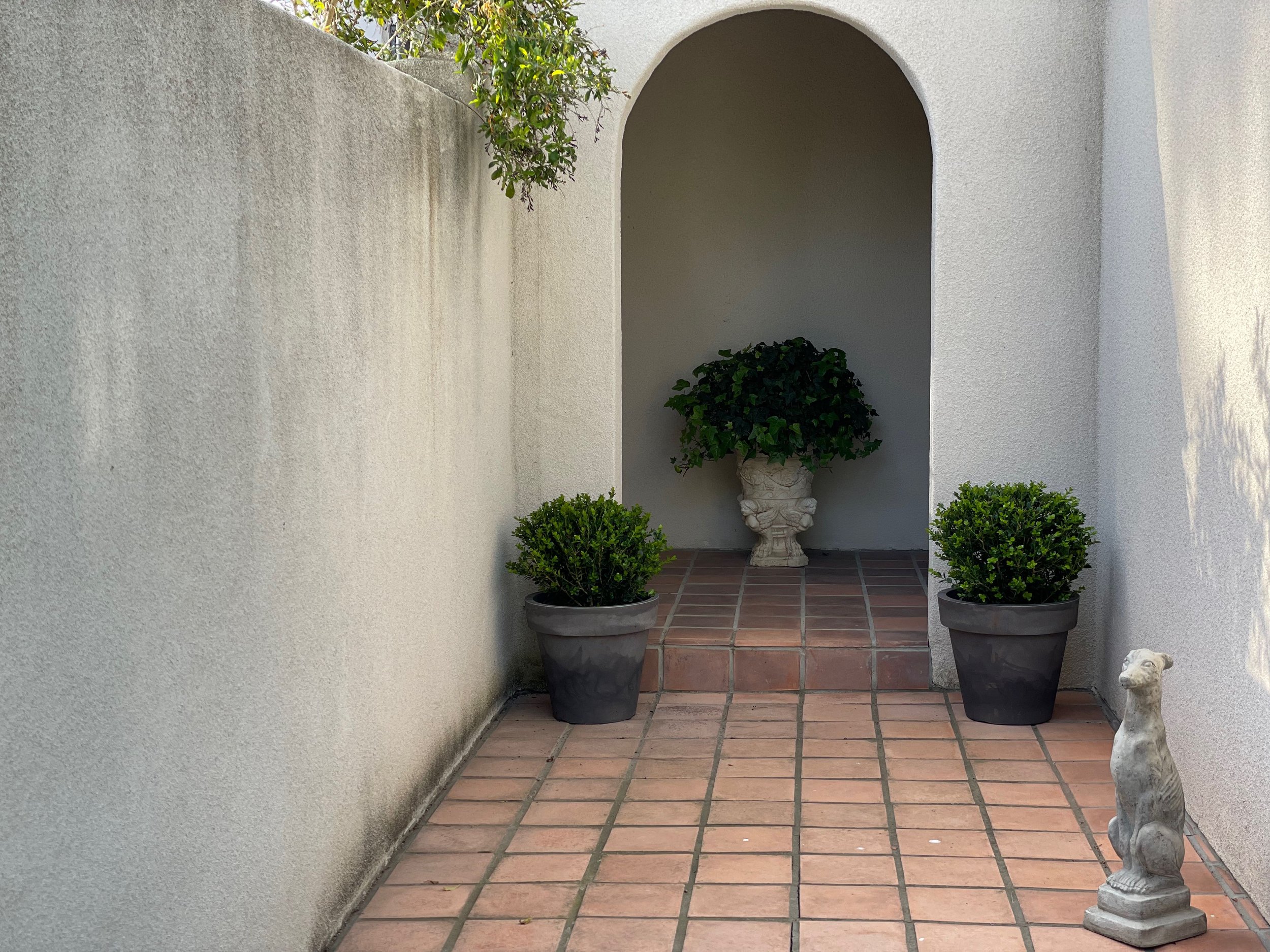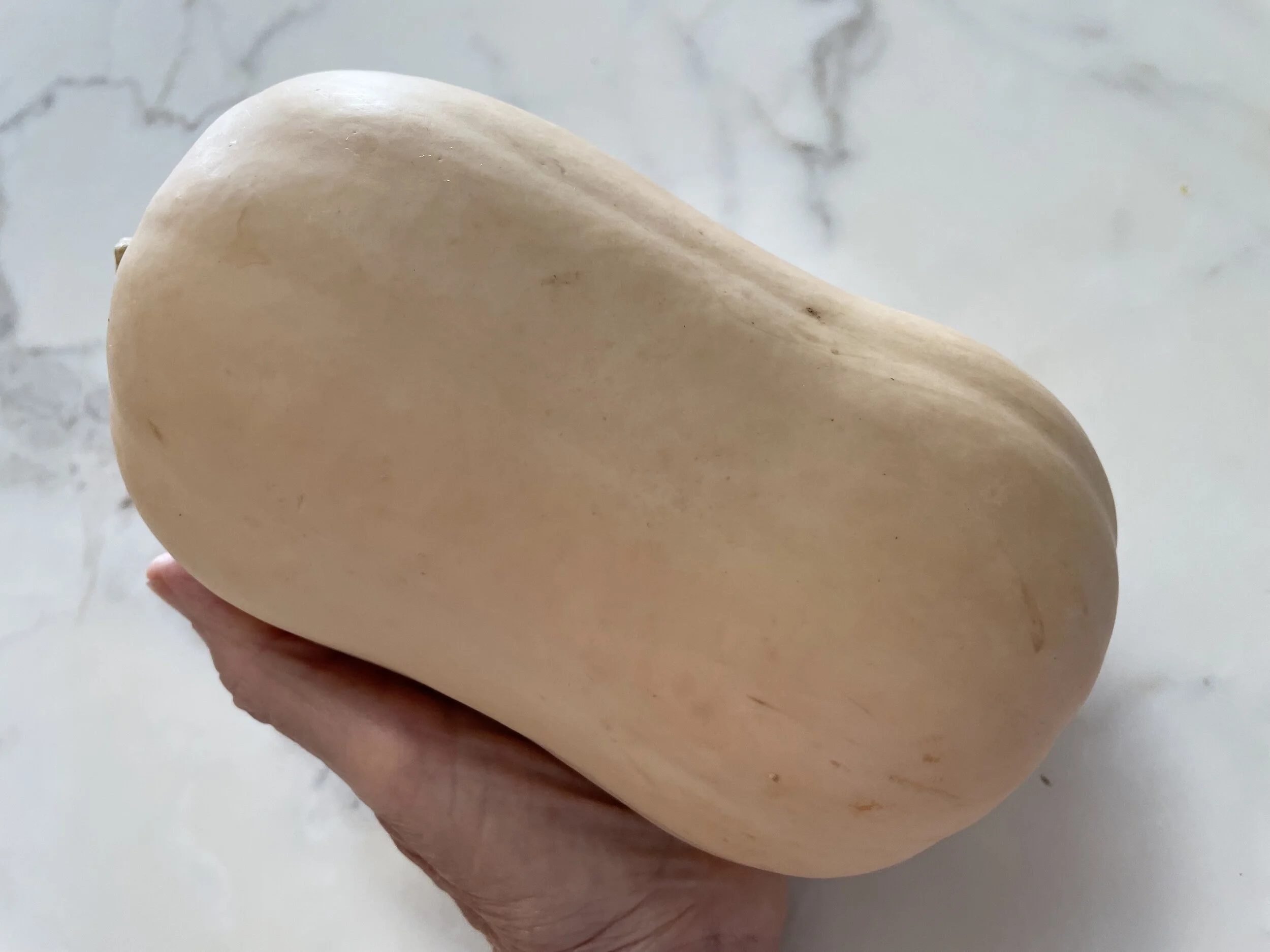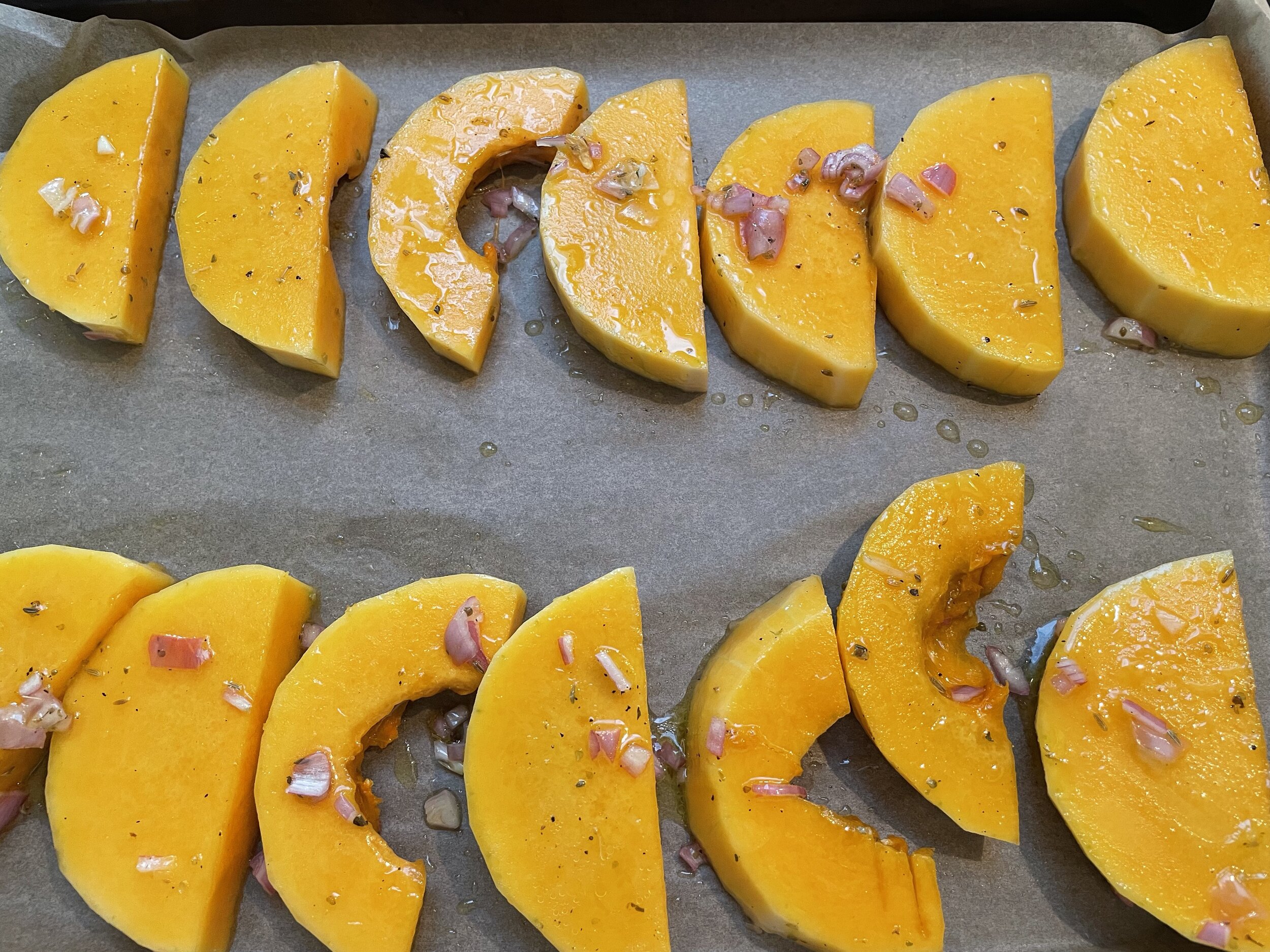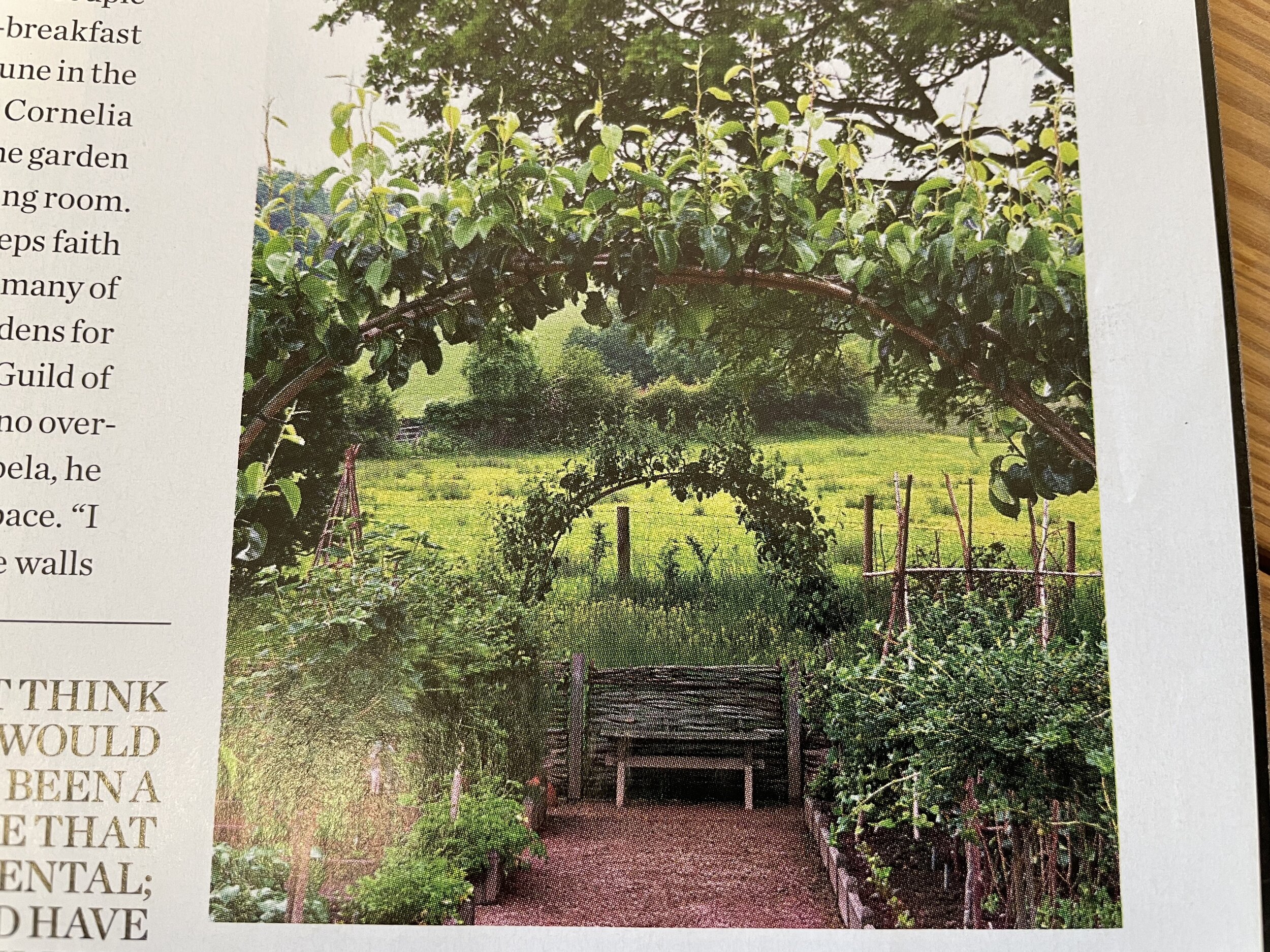My First Ever Peony, ‘Belle Toulousaine’, and African Daisy, Arctotis ‘Wine’
This time of year warrants more time in the garden than in the kitchen. I just can’t help it. Cool in the morning, warming up as the day goes on, I am fueled to work on many projects to spruce up around our home and garden. Wishing for more rain, but grateful for what we have gotten so far.
Since January, I have had my large pine trees trimmed, replenished walking paths, been on weed patrol, mulched flower beds, added new plants, and enjoyed working on various fun garden projects.
One of my new plants from Armstrong Garden is the Belle Toulousaine Itoh Peony, suitable for our warm climate here in San Diego. Belle Toulousaine peony was given its name in homage to Toulouse, the beloved hometown of its breeder. I visited the charming area of Toulouse, France in 2019 with French General Getaway, which I highly recommend! So this new peony has an extra special meaning to me.
A real beauty with stunning bright pink blooms, great for cutting, and shown above starting to blossom after our recent rain. It should stay a nice size of 3’ wide x 3’ high. My first peony, and I am very excited to see it fully bloom.
Regaining the Potager
Another project I have been working on is reclaiming and enhancing the potager. Last year the squirrels wouldn’t let me have a vegetable garden. With patience my husband and I live-trapped and relocated 16 squirrels to better digs. Mr. Coyote also might have contributed. So far so good, I have been able to start vegetables again. I added a sentry row of Green Globe artichokes, planted in protective wire baskets to discourage the gophers. I refreshed and added to the Chandler strawberry patch, mulching with pine straw. I am experimenting with various container tomatoes.
St. Francis Oversees Newly Planted Rose Garden
This winter I have been adding more roses to the garden. Many in front of our home entry, and now five matching pairs of roses in the St. Francis garden. Newly planted, and still with their labels waving, I am hoping these roses will be happy and prolific with beautiful blooms. I have always loved the majestic pink and fragrant Yves Piaget rose since I saw an entire field of them blooming on a tour at Rose Story Farm in Carpinteria, California years ago. Now I have two! I tried to plant the rose garden above from tallest to shortest, and with the idea that pinks and apricots would blend in nicely with the muted multi-colored roses. Another experiment, that I hope works out.
A New Welcoming Look
Repositioning a rain gutter to a better location, prompted a project to make this north entrance more inviting and welcoming. It still needs a good power wash, but I am waiting to do this after the rainy season. The existing Duranta ‘Skyflower’ drapes over the stucco wall to soften lines and in summer provides beautiful wispy purple blooms. An open alcove is a perfect spot for a happy flowing ivy atop a vintage urn, much like a really good but unruly head of hair. Two flanking boxwood ‘Green Beauty’ in simple grey planters, and an obedient greyhound statuary further create a welcoming atmosphere and plenty of room for thoroughfare.
Potted Purple Pansies All Grown Up
I feel the more I can do in the first three months of the year, the more it benefits the ensuing year. I am sure you have been busy too, working on your projects. Please share, if you have been spring sprucing in your garden.
Bon Appétit et Bon Weekend…Bonnie


